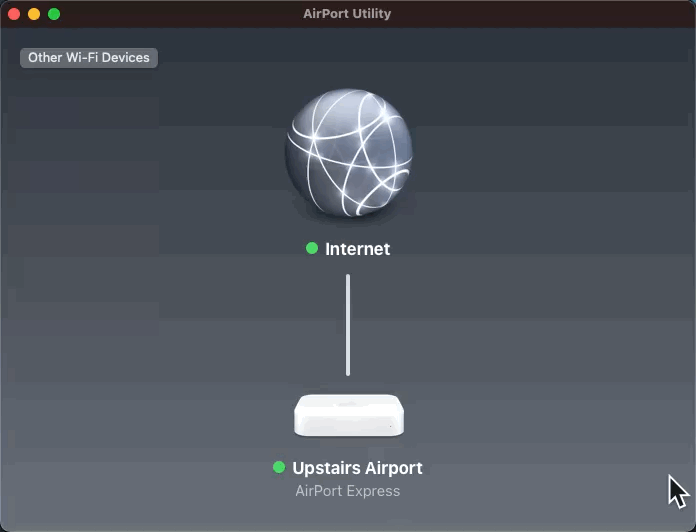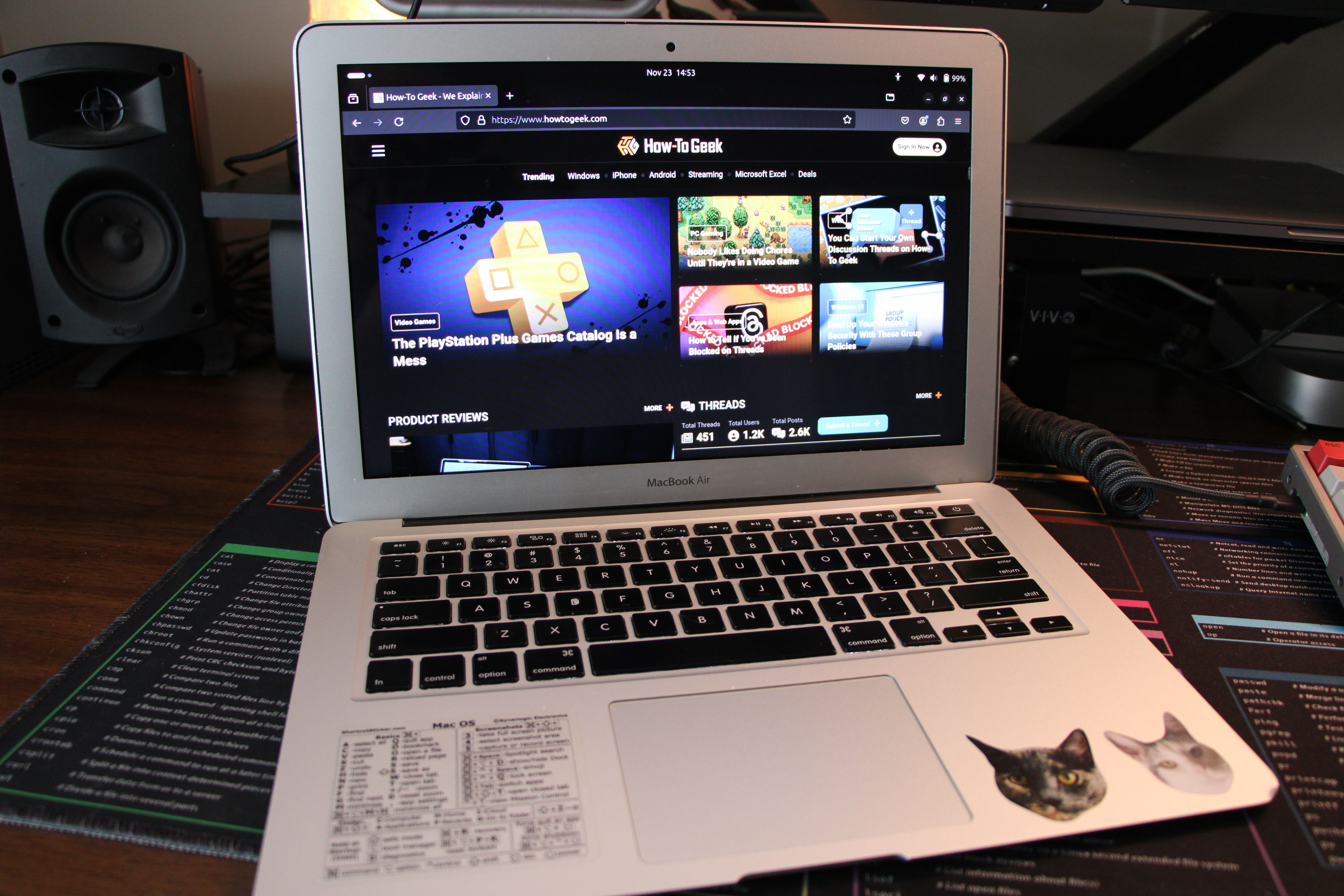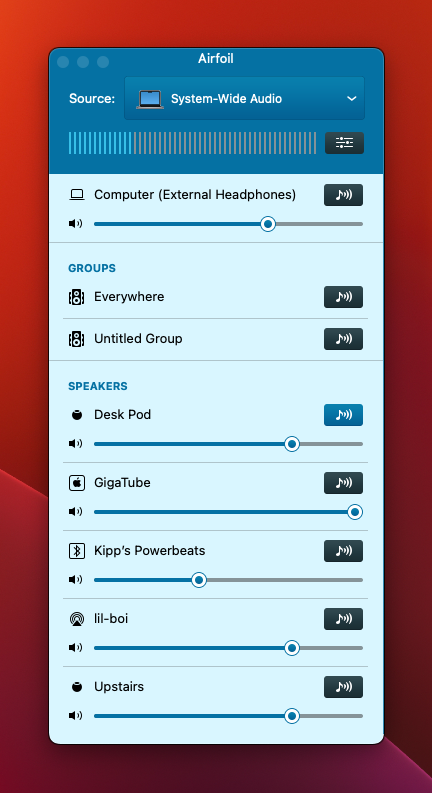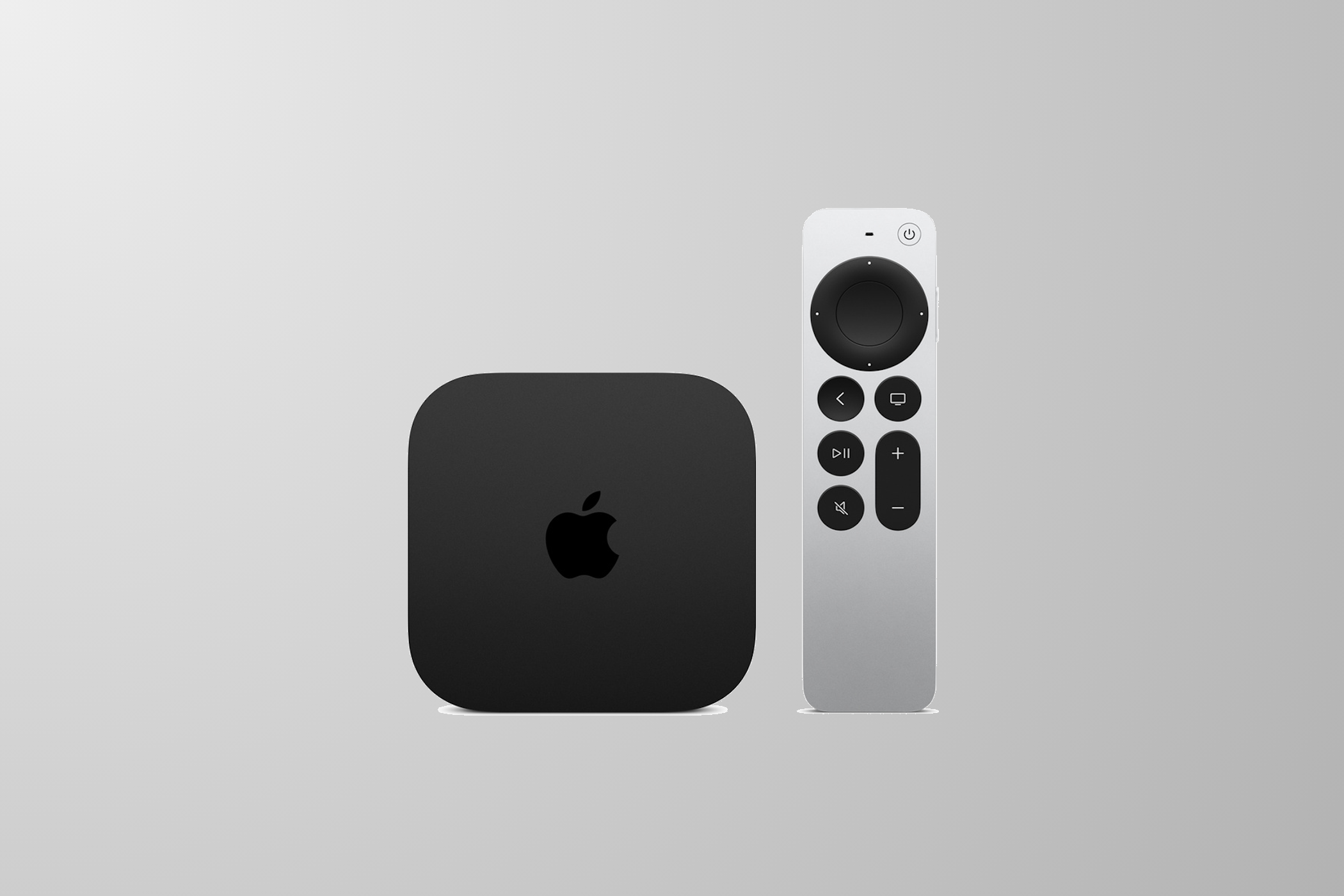Tired of shelling out for expensive AirPlay receivers? There are plenty of affordable or repurposed options that work just as well—or better. Here’s how to set up a reliable AirPlay receiver on a budget using hardware you may already have.
1 AirPort Express: Out-of-the-Box Functionality
The AirPort Express may have been discontinued, but it’s still one of the best AirPlay receivers you can find for the price. These devices are often available for less than $50 on secondhand markets, making them an excellent alternative to more expensive modern options.
What makes the AirPort Express appealing is its plug-and-play setup. Once you’ve connected it to your Wi-Fi network, it instantly shows up as an AirPlay destination on your Apple devices. Its 3.5mm stereo jack can connect to almost any speaker or sound system, giving new life to old hardware.
This receiver is a great choice for anyone wanting an easy, no-hassle solution. You don’t need to worry about complicated configurations, and because it’s an Apple product, it integrates seamlessly with the rest of your Apple ecosystem.
The AirPort Express supports AirPlay 2 only if you’re using the 2012 model or later. Older versions are limited to the original AirPlay protocol, which lacks features like multi-room audio. For basic audio streaming, it’s an entirely adequate choice.
2 Raspberry Pi: A Configurable Powerhouse
If you’re willing to get your hands dirty, a Raspberry Pi can be transformed into a fully functional AirPlay receiver. The hardware itself starts at around $35, and there are plenty of guides online to help you get set up.
To turn a Raspberry Pi into an AirPlay device, you’ll need software like Shairport Sync, a free, open-source implementation of the AirPlay protocol. Installation involves loading a Raspberry Pi-compatible OS (like Raspberry Pi OS) onto an SD card and configuring Shairport Sync to work with your network and speakers.
Although it requires some technical know-how, this approach is ideal for DIY enthusiasts. You can create a completely customizable AirPlay solution tailored to your specific needs, and the Raspberry Pi itself can be repurposed for other projects if you decide to upgrade in the future.
One advantage of the Raspberry Pi setup is its flexibility. You can use it for multi-room audio, integrate it with smart home systems, or even create a hybrid device that supports multiple streaming protocols. While it’s not as plug-and-play as other options, the long-term value and versatility make it a strong contender.
3 An Old Mac: Breathe New Life Into Your Hardware
Got an old Mac gathering dust? Do you experience severe cognitive dissonance at the thought of throwing away your obsolete tech? Well, I’ve got great news. With the right software, it can double as an AirPlay receiver. Macs running macOS High Sierra or later can use the built-in AirPlay 2 receiver functionality, but for older devices, third-party software can bridge the gap.
Apps like Reflector or AirServer (which we’ll get to later) can turn your Mac into a functional AirPlay receiver. The setup process is straightforward and typically involves installing the software and connecting your Mac to your existing Wi-Fi network.
Older Macs, especially those pre-dating macOS High Sierra, may not perform as well with modern AirPlay features like video mirroring. However, for basic audio streaming, they work just fine and offer a simple way to repurpose a machine you might otherwise retire.
If you have multiple Macs in your home, you could even create a network of AirPlay receivers to cover different rooms. It’s an eco-friendly solution that makes the most of the hardware you already own.
4 AirServer and Airfoil: Software Solutions
For those who want AirPlay functionality without investing in hardware, software receivers like AirServer and Airfoil offer an elegant solution. Both apps are paid, but they offer free trials so you can test before committing.
AirServer is a powerful tool that turns any PC, Mac, or Android device into an AirPlay receiver. It supports AirPlay 2 and even integrates with other streaming protocols like Miracast and Google Cast, making it one of the most versatile options available. Its ability to mirror devices is especially useful for presentations or gaming.
Airfoil, by Rogue Amoeba (pictured above), focuses on streaming audio rather than video. It lets you send audio from your Mac or PC to multiple devices simultaneously, including non-AirPlay speakers. Like AirServer, it’s a paid app ($29), but it offers unique functionality that’s worth exploring if multi-room audio is one of your priorities.
It is intuitive to use while not sacrificing a lot of functionality under the hood. If you stream a lot, it’s a great way to route audio into your Mac if you want to avoid the tedium of virtually routing audio for loopback. It also allows for granular control over physically connected audio devices, not just those using AirPlay. It adds functionality present in Apple Music to macOS as a whole (which is something Apple should have done).
One limitation with software solutions is that they’re dependent on the device they’re installed on. For example, turning your main computer into an AirPlay receiver might not be ideal if you use it for work or gaming. But for a spare laptop or desktop, these apps can breathe new life into an older device and add significant functionality to your setup.
5 An Old Apple TV: Cheap but Limited
Old Apple TVs, particularly first-generation models, are another great budget option for AirPlay. These devices often sell for $30 or less and can still function as AirPlay receivers for audio and video.
The setup is as simple as plugging the Apple TV into your network and connecting it to your display or speakers. First-generation models support AirPlay 1, which is sufficient for basic streaming needs but lacks features like multi-room audio and improved buffering for video.
One major advantage of the old Apple TV is its ease of use. If you’re looking for a no-fuss solution that works right out of the box, it’s hard to go wrong with this option. However, keep in mind that older models are limited in terms of software updates, so compatibility with newer devices may eventually become an issue.
Even with its limitations, the old Apple TV is an excellent way to add AirPlay functionality to a spare TV or sound system. It’s perfect for casual users who want a reliable, low-cost receiver. Just remember that non-4K models output at HD resolution if you’re hoping to use them with modern ultra high-definition TVs.
6 Choosing the Right AirPlay Alternative
Each alternative has its strengths. A Raspberry Pi is perfect for tech enthusiasts who value flexibility and elasticity, while an AirPort Express or old Apple TV offers a plug-and-play experience. Software solutions like AirServer and Airfoil strike a balance between cost and functionality, making them ideal for casual users or those repurposing existing devices.
With some creativity, you can build an affordable AirPlay setup that rivals Apple’s premium options. If you’d rather spend more money on a modern and ready-to-go solution, pick up an Apple TV 4K.









